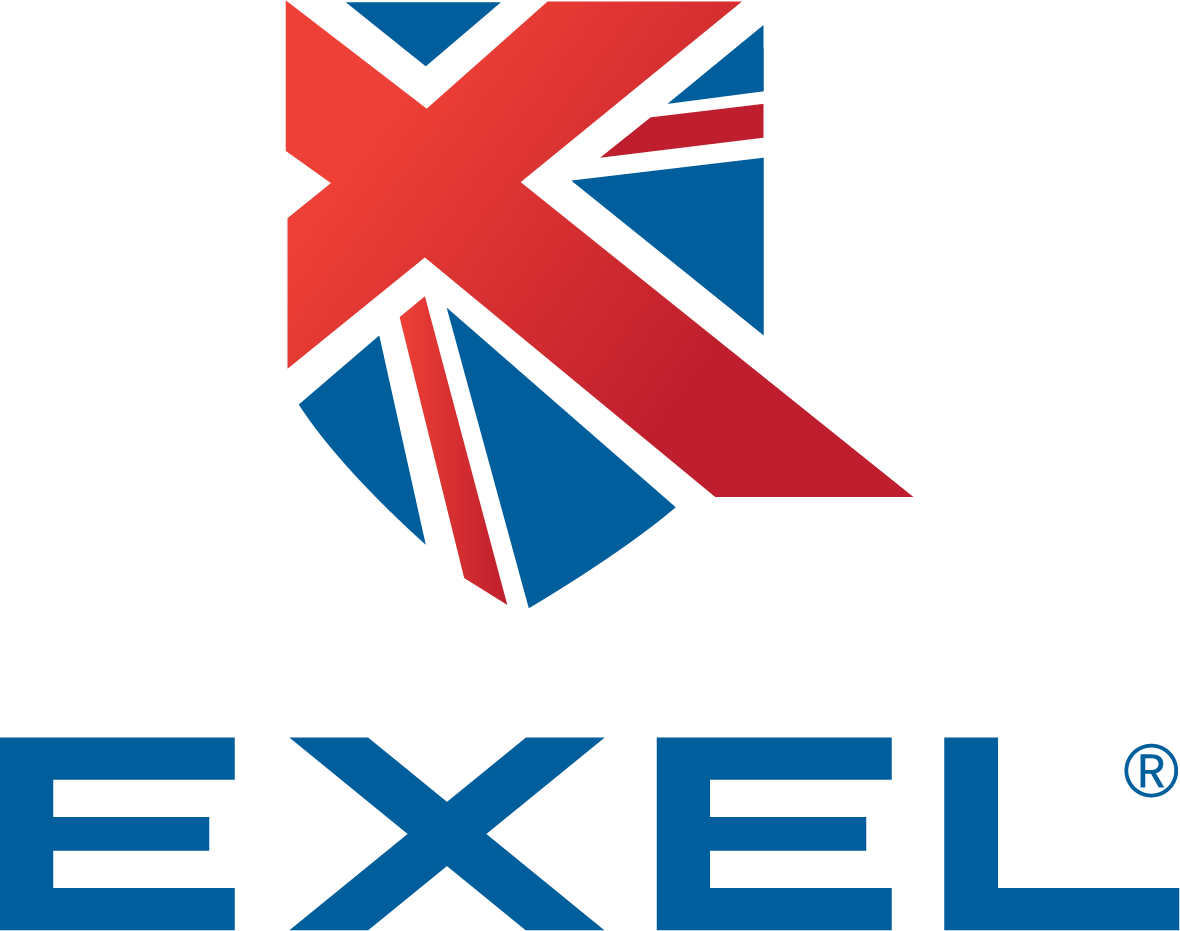Implementation
Originally intended as a largely internal project, implementation timescales and resourcing needed a significant rethink when a number of personnel issues arose.
“Some businesses might have killed the project at that point,” observes Hardwick. “Instead, the attitude of senior management was that what had happened simply highlighted the risk that the business was facing by relying on the existing systems.”
Accordingly, Hardwick himself was recruited to join the business and was assigned the role of project manager, initially tasked with talking to every department and function within the business, in order to understand how it operated, and what functionality was needed from EFACS E/8.
During this time, Hardwick recalls being impressed by the can-do attitude of the department managers and their teams who were up for the challenge, keen to support the business in making the implementation a success.
In parallel, Exel was hard at work in the background, developing the proof-of-delivery software and undertaking the preparatory IT work that Utopia’s own internal resource could no longer undertake.
“Exel hadn’t planned on being asked to support us with that preparatory work, and we were grateful that they made people available for us when workloads permitted,” recalls Hardwick. “Very quickly, we came to the realisation that the system integration challenge had been underestimated, as had the amount of testing required. We did a lot of testing, using real data in simulations and parallel running exercises and learned lot from every test.”
One significant piece of learning – during implementation, is that it would be Exel’s largest-ever implementation, in terms of component parts, bills of materials and complexity.
By September 2023, everything was ready. But at that point, says Hardwick, the business was just three months away from its financial year end, and was reluctant to spread the financial year across two different systems.
“So, we began a three-month parallel run,” explains Hardwick. “Every incoming order was entered into both systems and we homed in on the detailed operation of individual processes and aspects of manufacturing. It wasn’t live, but it was very, very close to being live.”
And so, in January 2024, on the first day back at work after the Christmas break, the EFACS E/8 system did go live. Such was the degree of confidence in the preparations and ability of all staff to make it happen that there were no Exel personnel present on site, unlike with many other EFACS E/8 go lives.
“We were pretty sure that we’d nailed it – and so were Exel” sums up Hardwick




